
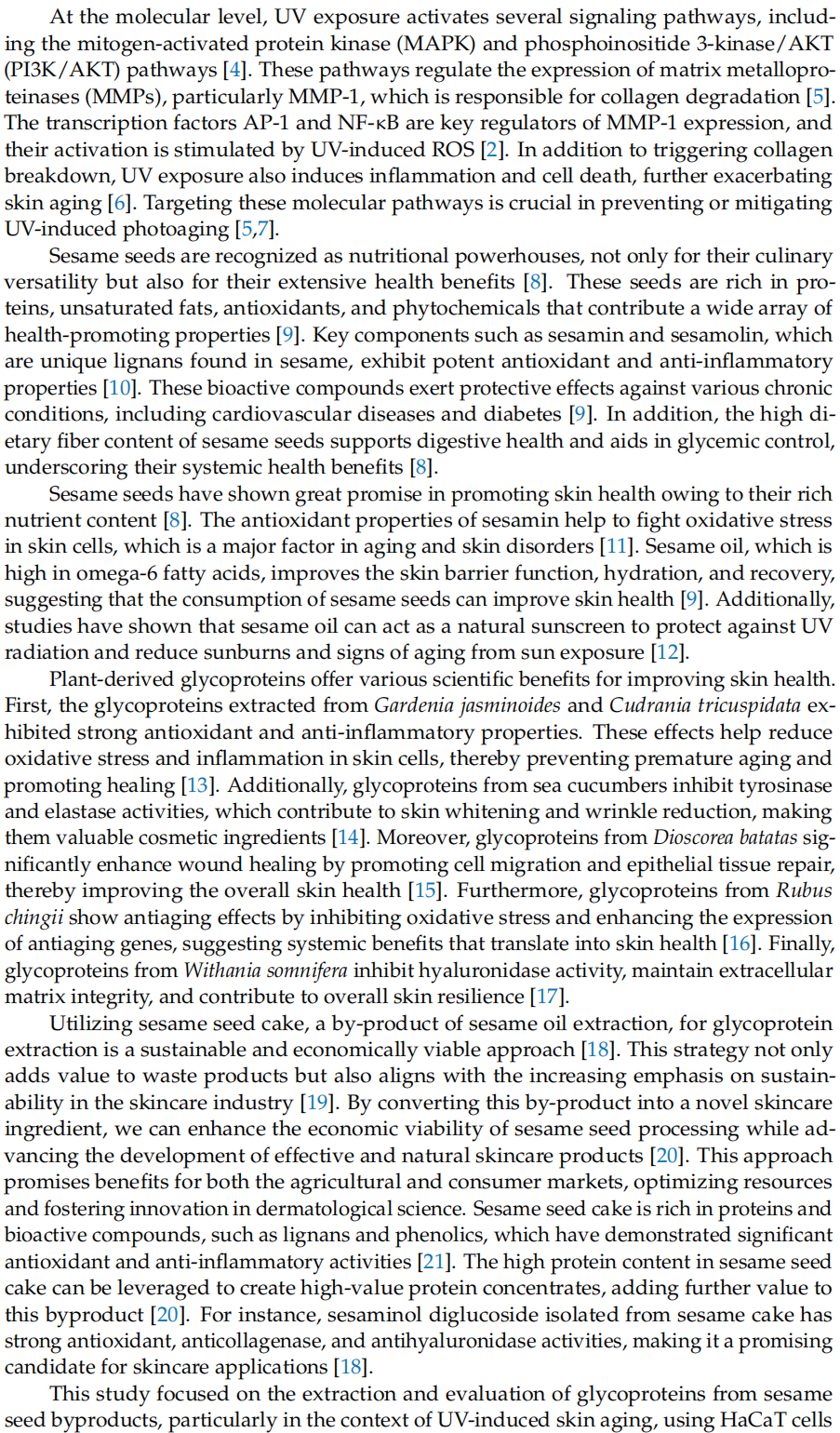
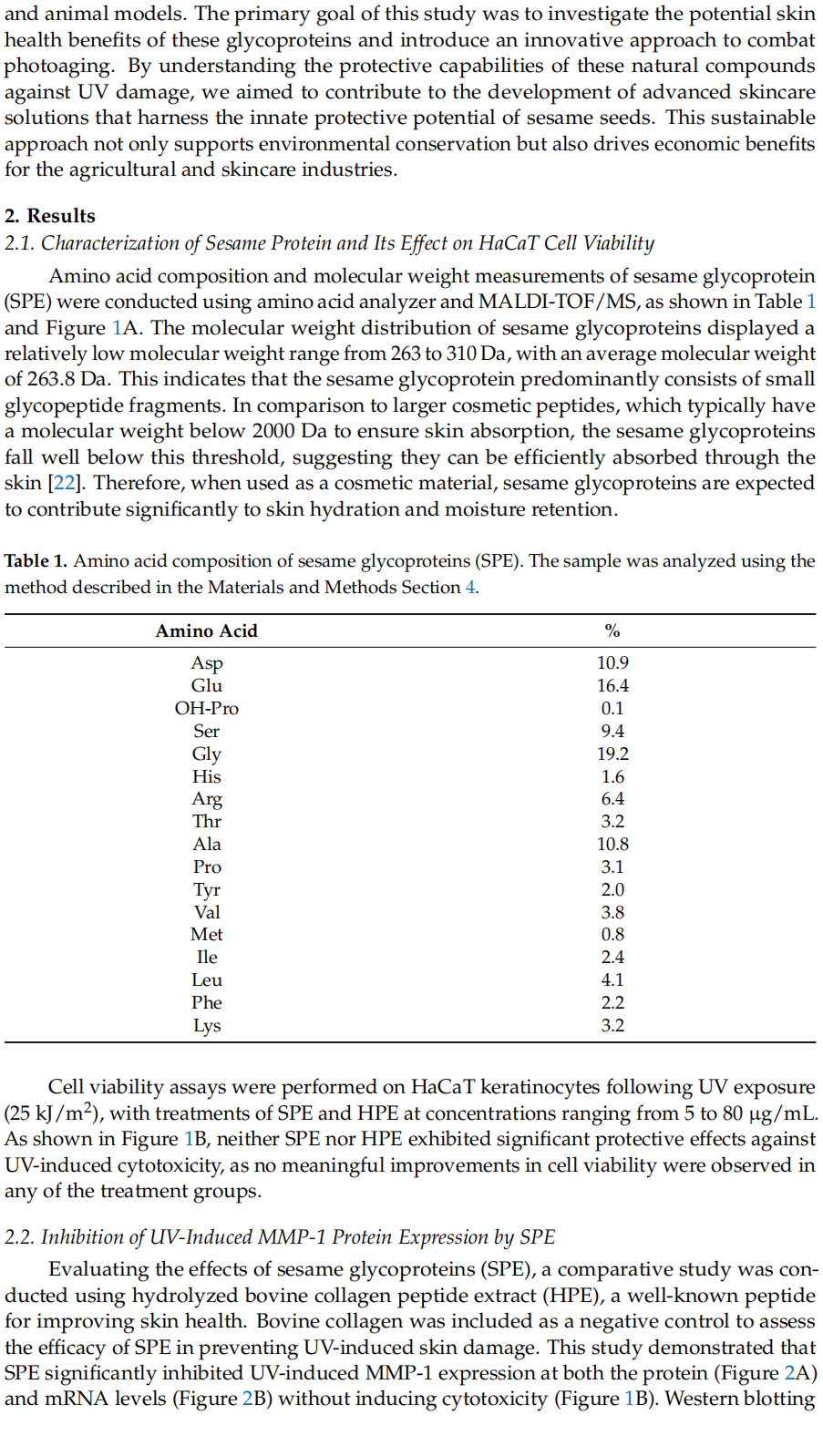
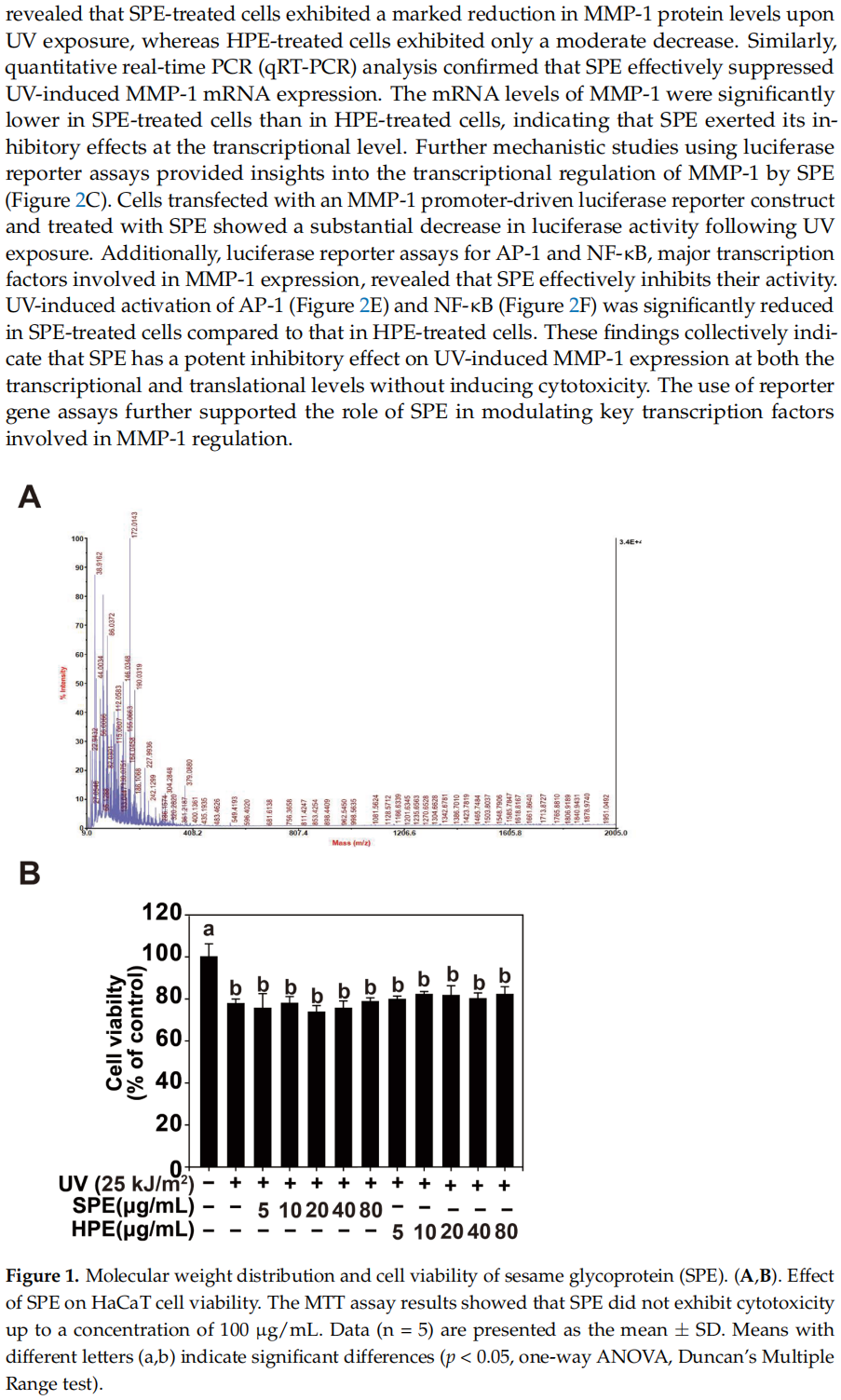
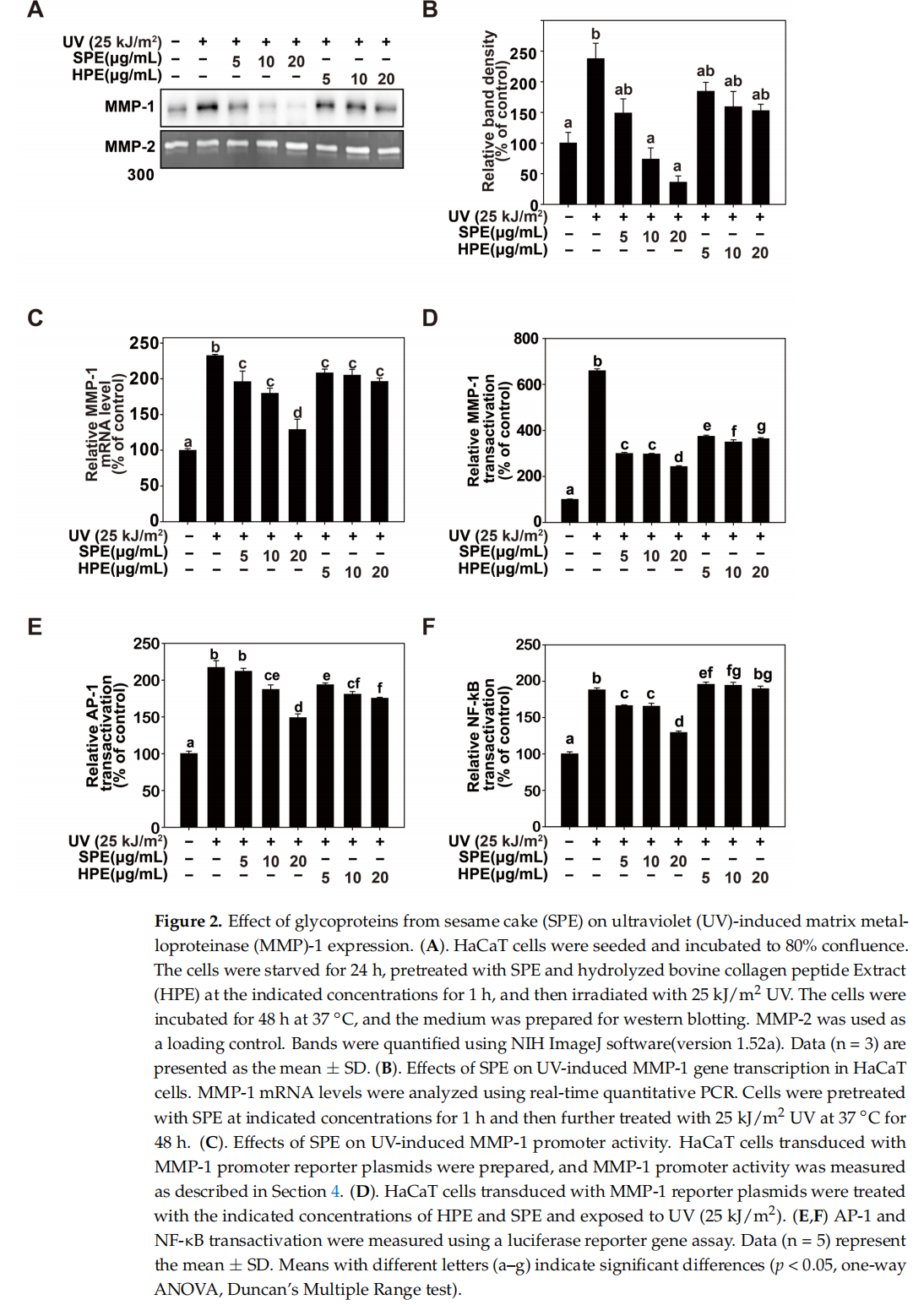
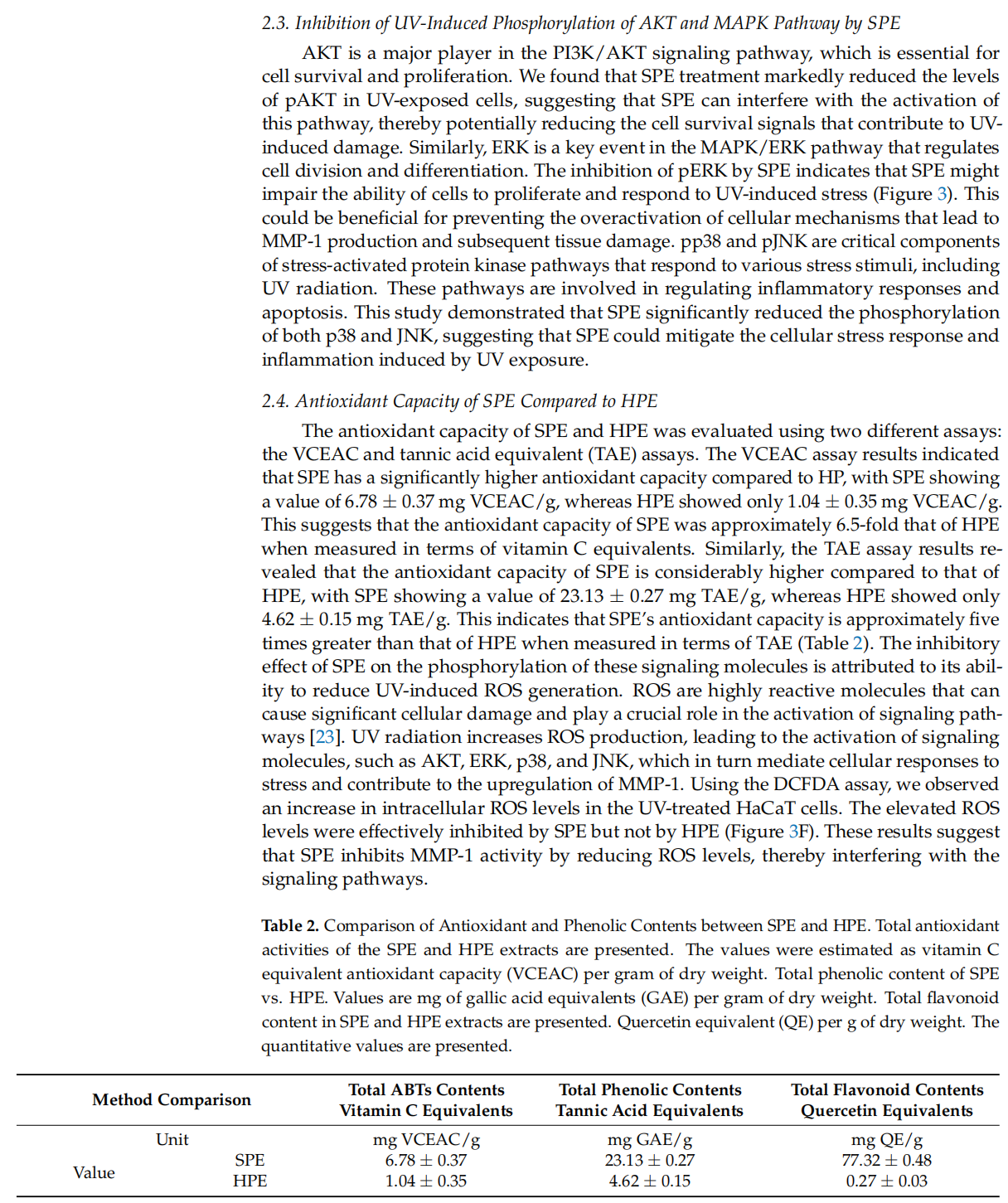

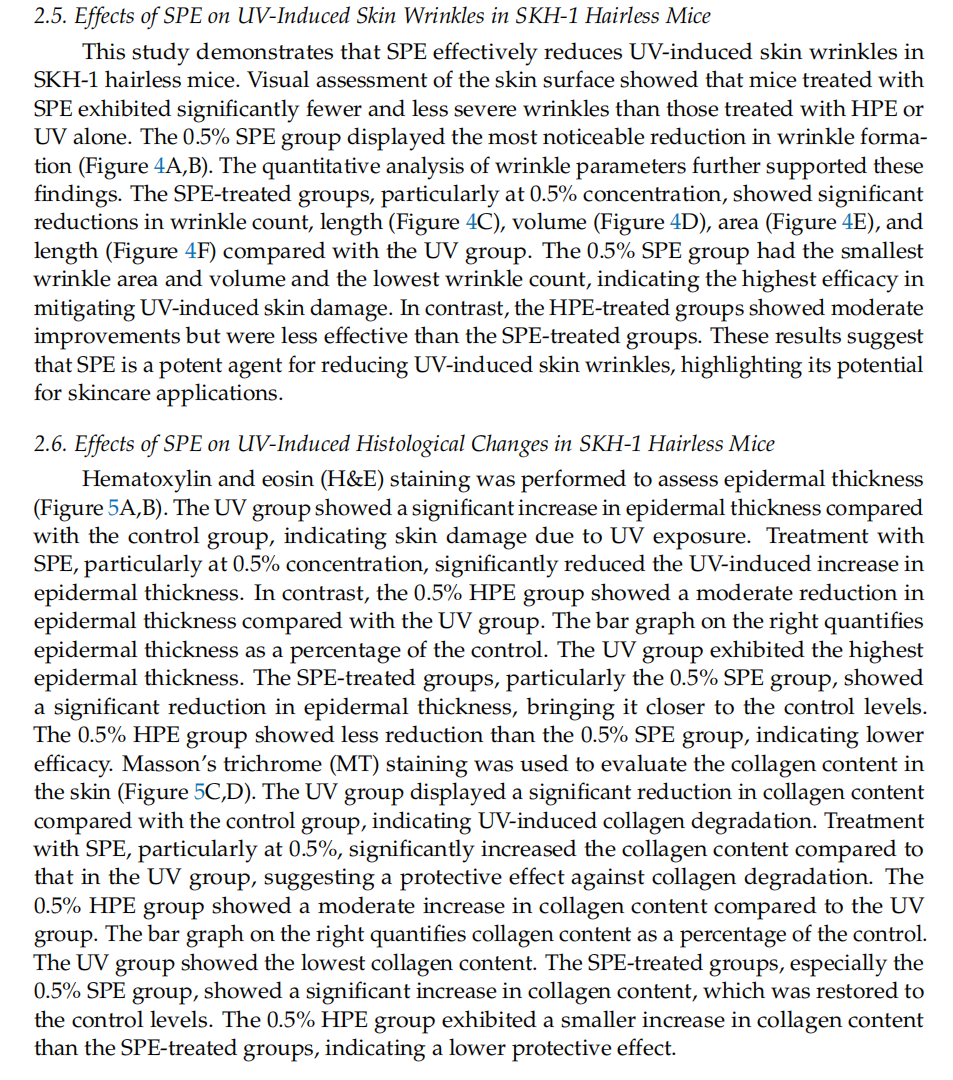

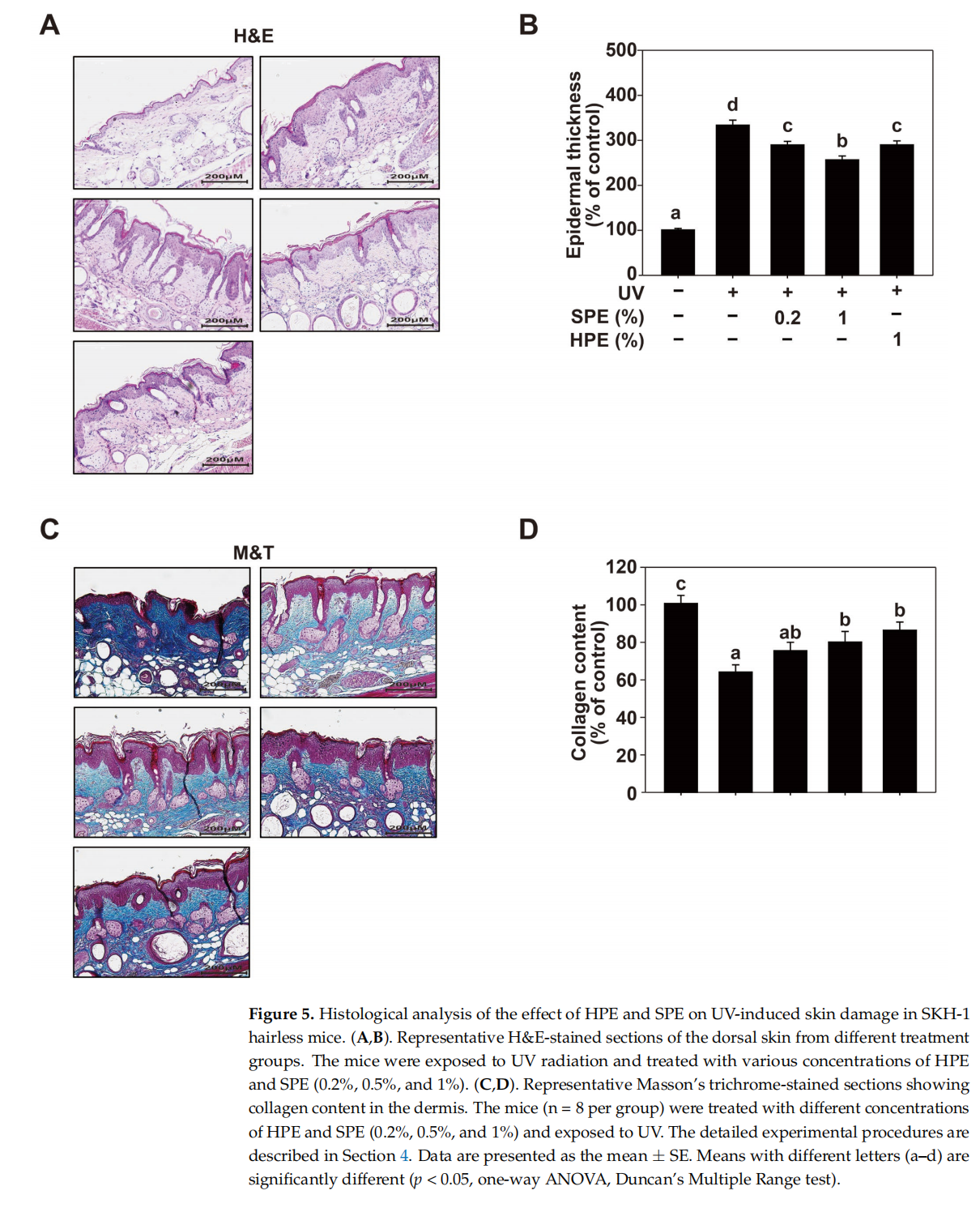

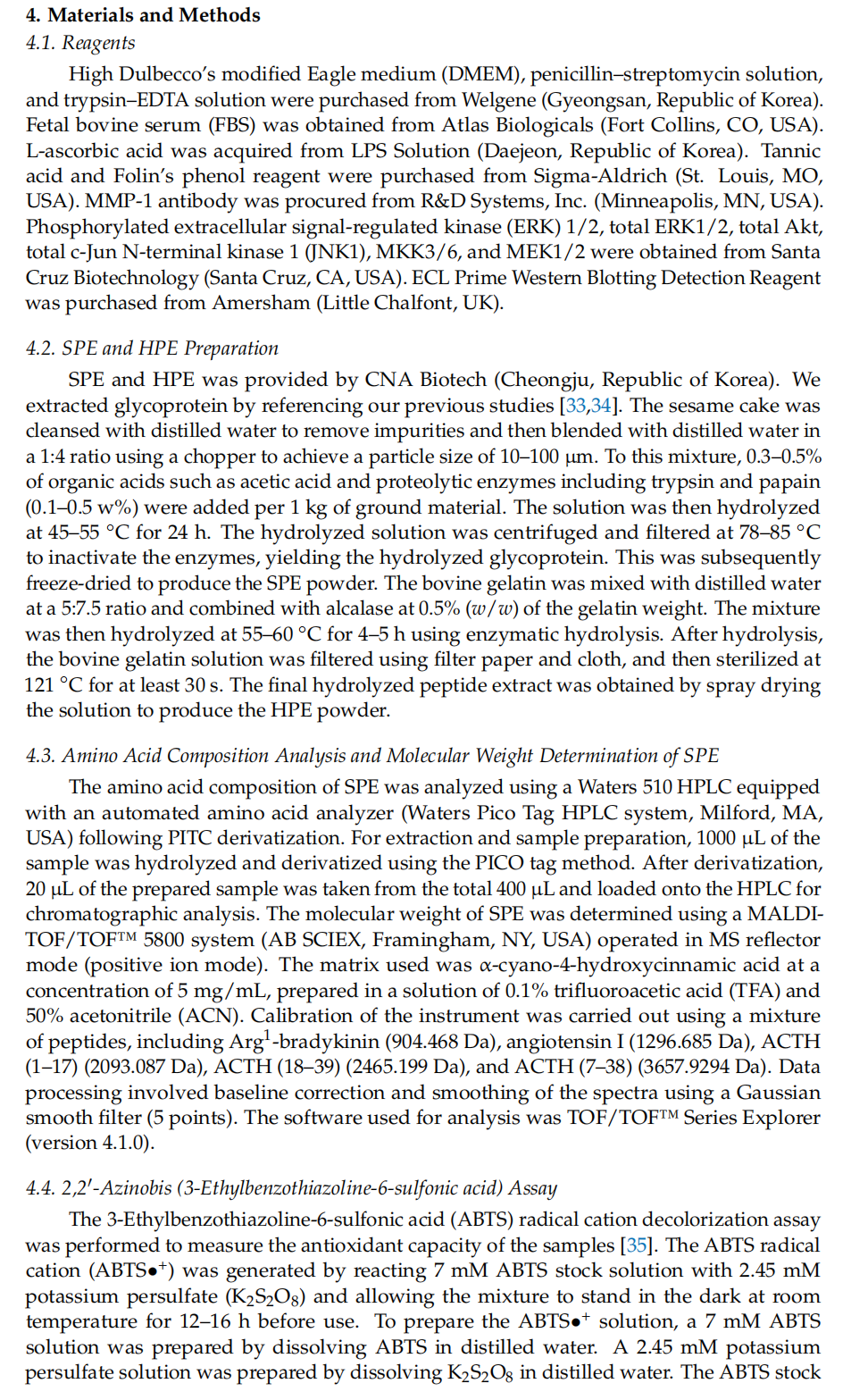
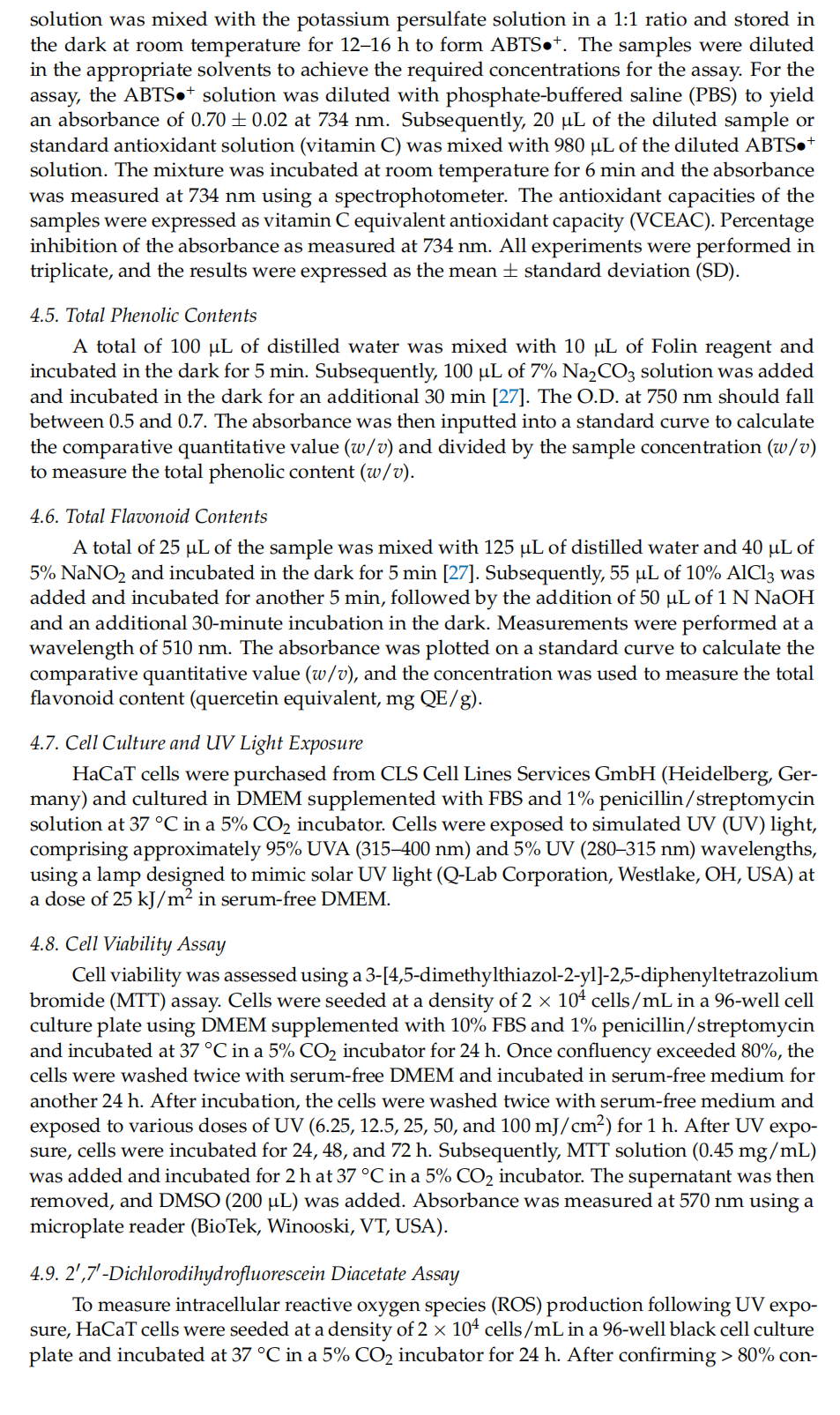
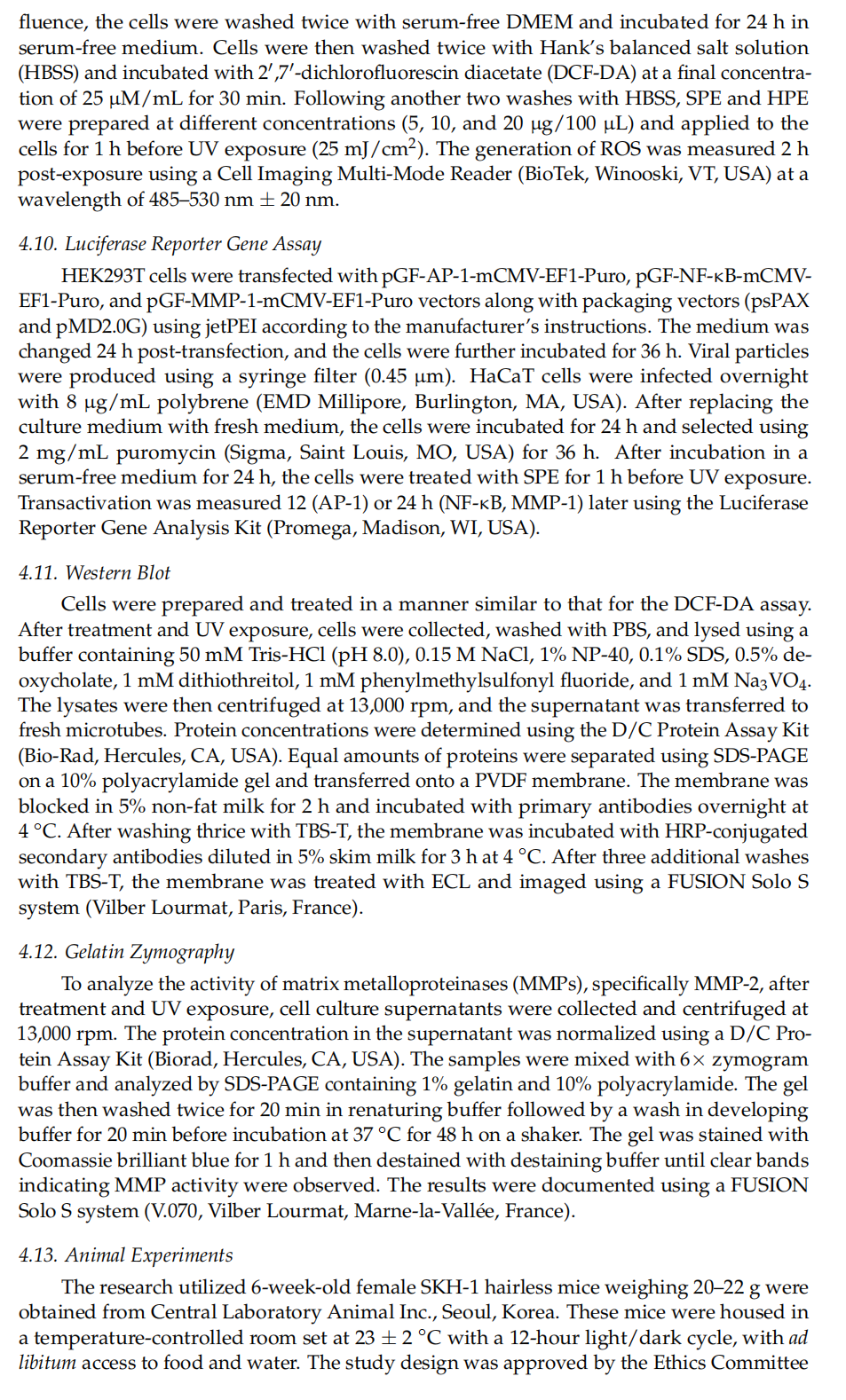
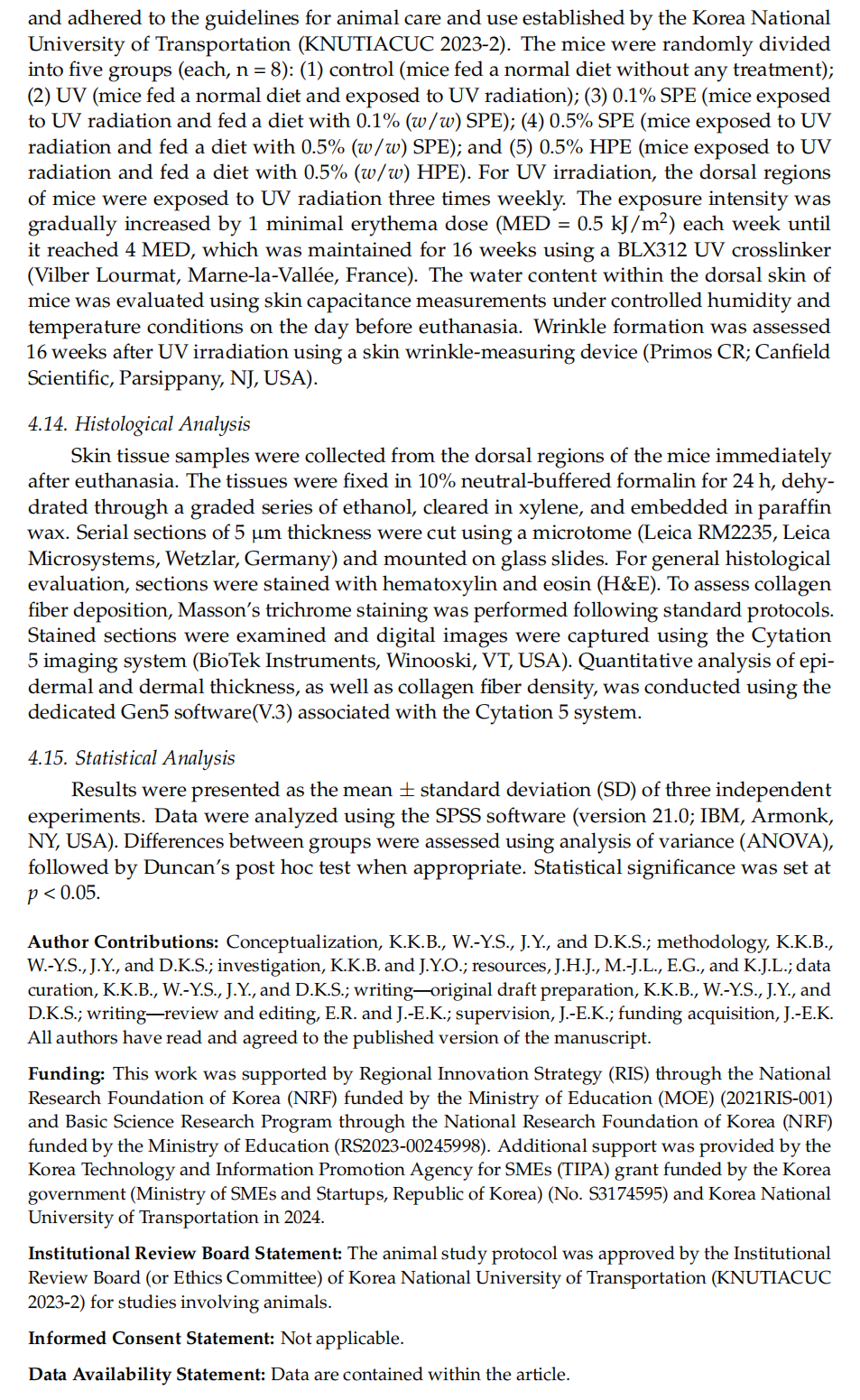
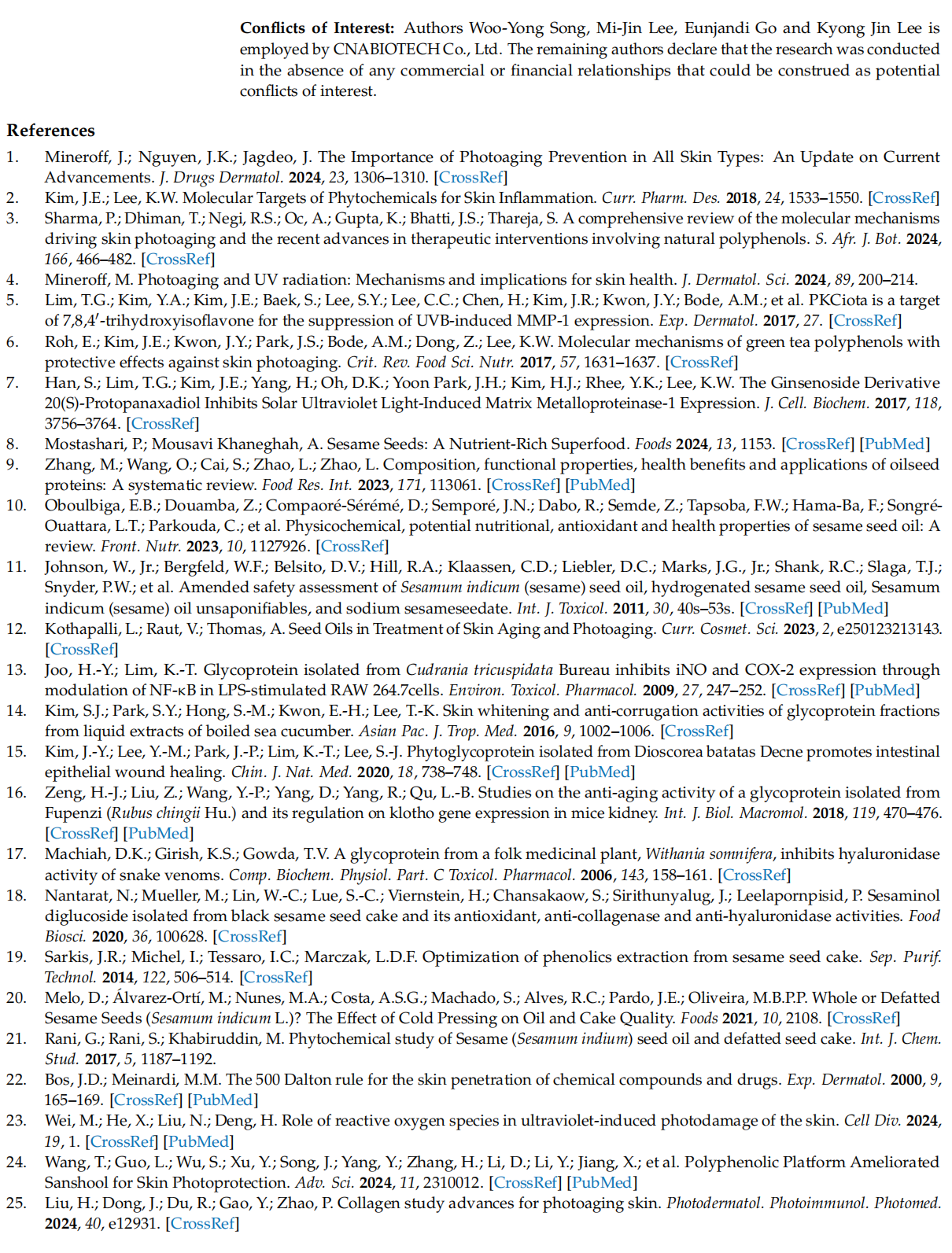
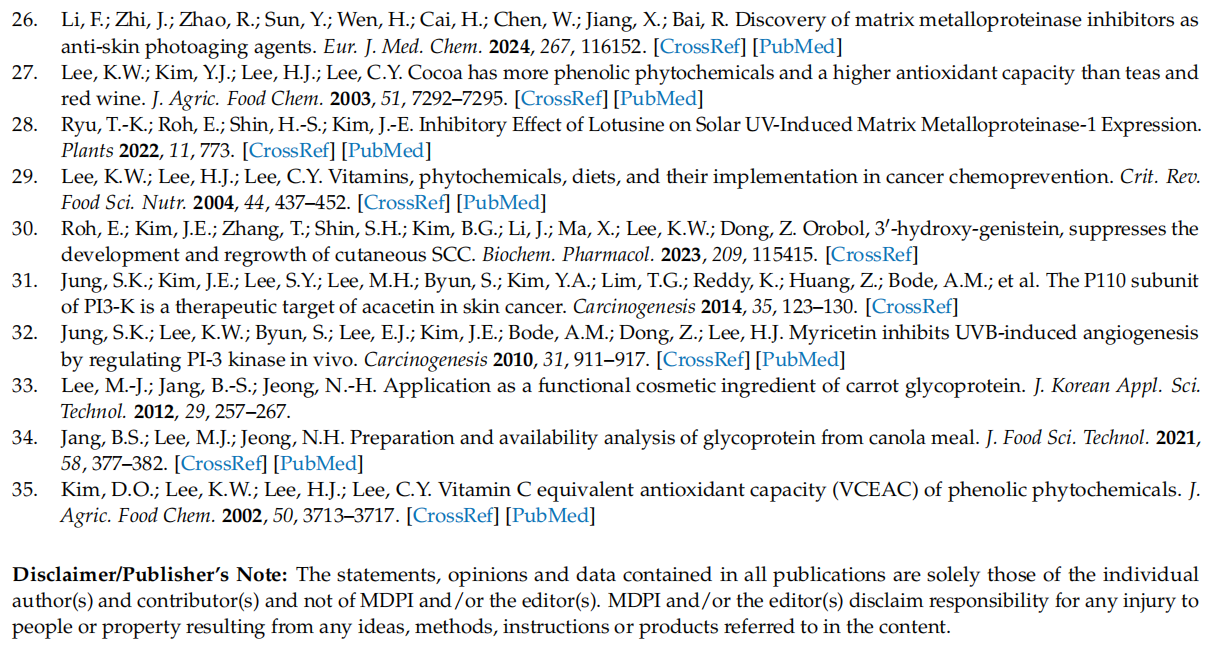
This article is excerpted from the Pharmaceuticals 2024, 17, 1306 by Wound World.
Kyung Kyu Baik 1,†, Woo-Yong Song 2,†, Dong Keun Song 1 , Jaehyeok Yun 1 , Ji Hwan Jang 1 , Jae Young Oh 1 , Mi-Jin Lee 2 , Eunjandi Go 2 , Kyong Jin Lee 2 , Eunmiri Roh 3 and Jong-Eun Kim 1,*
1 Department of Food Science and Technology, Korea National University of Transportation, Jeungpyeong 27909, Republic of Korea; 该Email地址已收到反垃圾邮件插件保护。要显示它您需要在浏览器中启用JavaScript。 (K.K.B.); 该Email地址已收到反垃圾邮件插件保护。要显示它您需要在浏览器中启用JavaScript。 (D.K.S.); 该Email地址已收到反垃圾邮件插件保护。要显示它您需要在浏览器中启用JavaScript。 (J.Y.); 该Email地址已收到反垃圾邮件插件保护。要显示它您需要在浏览器中启用JavaScript。 (J.H.J.); 该Email地址已收到反垃圾邮件插件保护。要显示它您需要在浏览器中启用JavaScript。 (J.Y.O.)
2 CNABIOTECH Co., Ltd., Cheongju-si 28106, Republic of Korea; 该Email地址已收到反垃圾邮件插件保护。要显示它您需要在浏览器中启用JavaScript。 (W.-Y.S.); 该Email地址已收到反垃圾邮件插件保护。要显示它您需要在浏览器中启用JavaScript。 (M.-J.L.); 该Email地址已收到反垃圾邮件插件保护。要显示它您需要在浏览器中启用JavaScript。 (E.G.); 该Email地址已收到反垃圾邮件插件保护。要显示它您需要在浏览器中启用JavaScript。 (K.J.L.)
3 Department of Cosmetic Science, Kwangju Women’s University, Gwangju 62396, Republic of Korea; 该Email地址已收到反垃圾邮件插件保护。要显示它您需要在浏览器中启用JavaScript。
* Correspondence: 该Email地址已收到反垃圾邮件插件保护。要显示它您需要在浏览器中启用JavaScript。; Tel.: +82-43-820-5245; Fax: +82-43-820-5240
† These authors contributed equally to this work
Abstract: Background/Objectives: Ultraviolet (UV) radiation is a primary factor in skin photoaging, leading to wrinkles, reduced elasticity, and pigmentation changes due to damage to cellular DNA, proteins, and lipids. Glycoproteins from sesame cake (SPE) have potential protective effects against UV-induced skin aging. This study investigated the anti-photoaging effects of SPE on UV-induced damage in human keratinocyte HaCaT cells and SKH-1 hairless mice. Methods: SPE was evaluated for its ability to mitigate UV-induced damage in HaCaT cells by assessing MMP-1 protein and mRNA expression levels, as well as the activity of transcription factors AP-1 and NF-κB. The phosphorylation of AKT and MAPK pathways was also analyzed. In vivo, SKH-1 hairless mice were exposed to UV radiation, and the effects of SPE on wrinkle formation and skin structure were assessed by measuring wrinkle length, area, and volume. Results: SPE significantly inhibited UV-induced MMP-1 protein and mRNA expression in HaCaT cells, indicating suppression of AP-1 and NF-κB transcription factors involved in MMP-1 production. Additionally, SPE reduced UV-induced phosphorylation of AKT and MAPK pathways. In SKH-1 hairless mice, SPE treatment led to significant reductions in wrinkle length, area, and volume, preserving skin structure in UV-exposed mice. Conclusions: The findings demonstrate that SPE has protective effects against UV-induced photoaging by inhibiting key molecular pathways associated with skin aging. SPE shows promise as a natural anti-photoaging agent, providing a foundation for future skincare product development. Further studies are warranted to explore the molecular mechanisms in detail and to validate these effects through clinical trials.
Keywords: sesame glycoproteins; ultraviolet; skin; aging

















This article is excerpted from the Pharmaceuticals 2024, 17, 1306 by Wound World.
